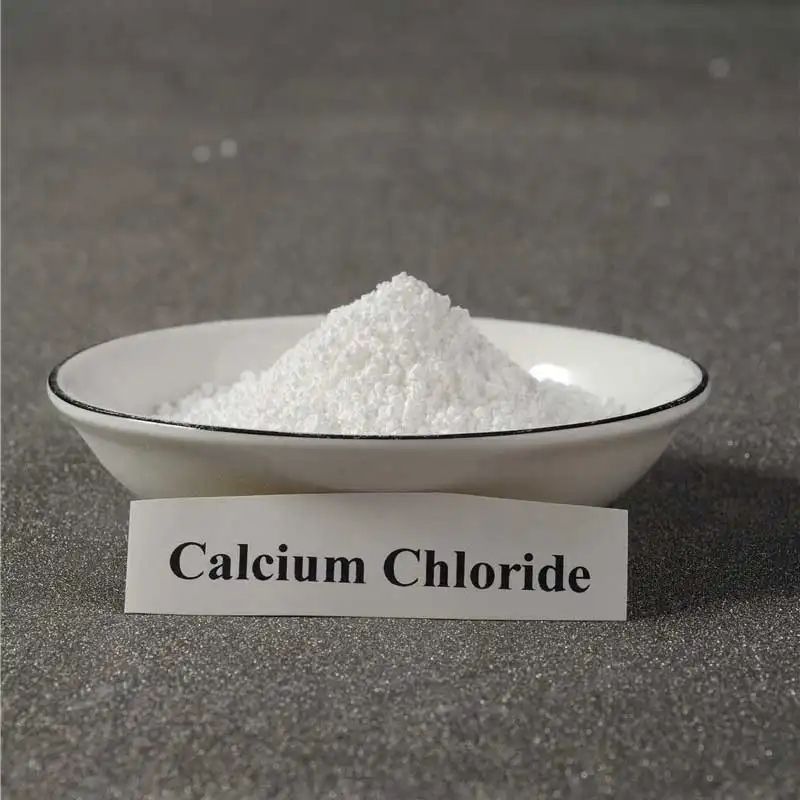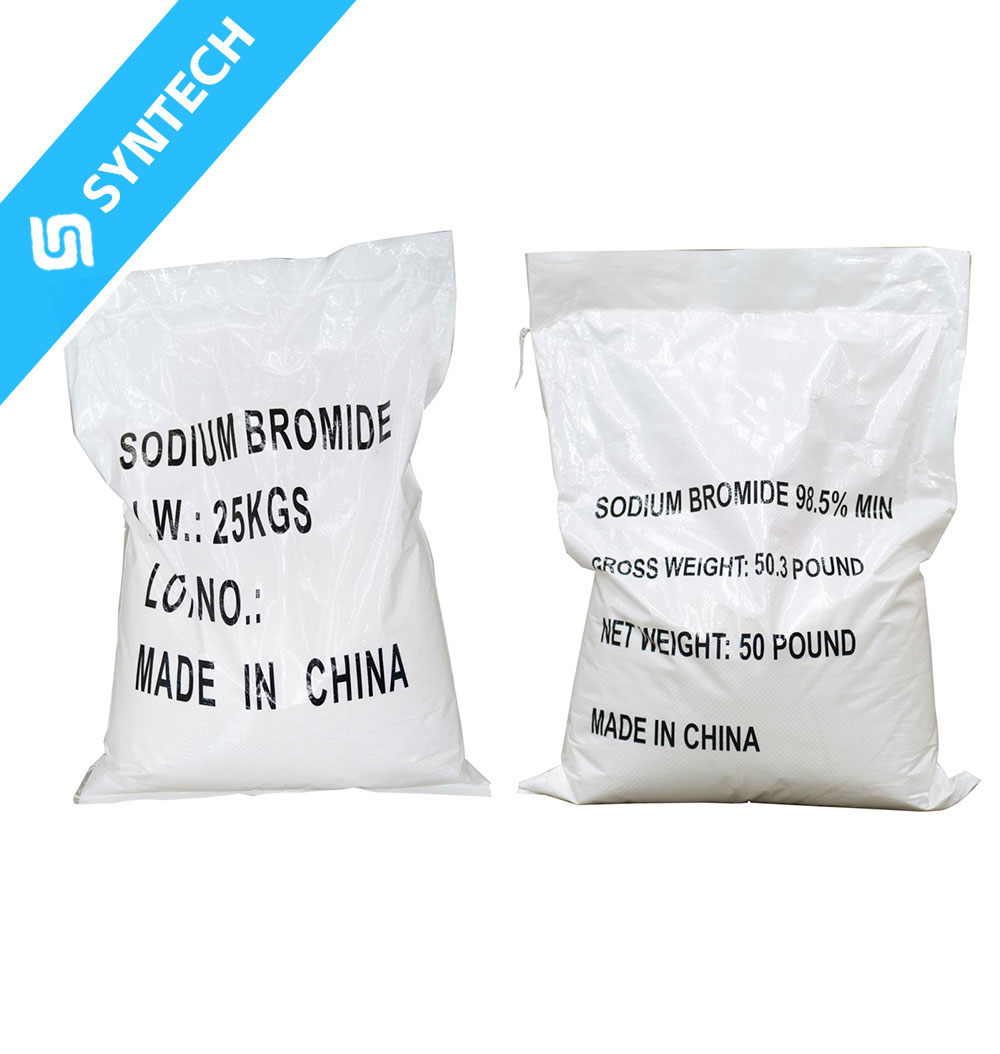Calcium Bromide (CaBr₂) is an inorganic compound widely recognized for its versatility and utility across several major industries. Primarily existing as a white, hygroscopic crystalline solid in its anhydrous form, it is most commonly handled and transported as clear, colorless to yellowish concentrated aqueous solutions. Its unique combination of chemical properties makes it an indispensable material in fields ranging from oil and gas to medicine.
1. Chemical and Physical Properties
The industrial value of Calcium Bromide stems from its fundamental chemical and physical characteristics:
- Chemical Formula: CaBr₂ (anhydrous) and various hydrates (e.g., CaBr₂·xH₂O).
- Molecular Weight: 199.89 g/mol (anhydrous).
- Appearance:
- Anhydrous: White, odorless, hygroscopic crystals or powder.
- Solution: Clear, colorless to slightly yellow liquid.
- Density: Its high density is a critical property, especially for well control fluids. Aqueous solutions can be prepared with densities exceeding 1.7 g/cm³ (14.2 lbs/gal).
- Solubility: Extremely soluble in water. It is also soluble in alcohols like methanol, ethanol, and acetone, which expands its utility in various chemical processes.
- Hygroscopicity: The solid form readily absorbs moisture from the atmosphere, often forming hydrates. This necessitates careful storage in sealed containers.
- Deliquescence: It is highly deliquescent, meaning it can absorb so much moisture that it eventually dissolves in it, forming a liquid solution.
- Thermal Stability: It has a high melting point (730°C for anhydrous) and can be decomposed at high temperatures to produce Bromine (Br₂) gas.
- Chemical Reactivity: As a typical ionic halide, it can participate in double displacement reactions. For example, it reacts with silver nitrate to form a pale yellow precipitate of silver bromide.
2. Grades and Specifications
Calcium Bromide is produced and sold in different grades to meet the purity and performance requirements of specific applications:
- Technical Grade: Used primarily in oil and gas drilling and completion fluids, where high density and brine clarity are more critical than absolute purity.
- High-Purity / Pharmaceutical Grade (USP): This grade meets the standards of the United States Pharmacopeia (USP). It is manufactured with stringent controls on impurities like heavy metals, chloride, and sulfate. It is suitable for use in food, medicine, and photography.
- Food Grade: Meets the specifications for use as a food additive or processing aid.
Typical Specifications for a High-Quality Solution:
- Concentration: Usually supplied as 52-55% aqueous solutions for handling efficiency.
- Density: ~1.70 g/cm³ (for 52% solution).
- pH: Slightly acidic to neutral (e.g., pH 6-7.5).
- Impurities: Low levels of chloride, sulfate, and other bromides.
3. Major Industrial Applications
The primary industrial consumption of Calcium Bromide is driven by its role in the oil and gas sector, with other significant uses in various fields.
A. Oil and Gas Drilling and Completion Fluids (Primary Application)
This is the largest and most critical application for Calcium Bromide.
- Function as a Dense Brine: Its high-density solutions are used to formulate drilling, completion, and workover fluids.
- Purpose:
- Well Control: The heavy brine column exerts sufficient hydrostatic pressure to counteract high underground formation pressures, preventing blowouts.
- Formation Stability: It helps stabilize the wellbore and prevents collapse.
- Reservoir Protection: Being a clear brine (solid-free), it minimizes damage to the productive reservoir rock by preventing the invasion of solid particles, thereby maximizing oil and gas recovery.
- Advantage over Alternatives: Calcium Bromide brines offer a higher density than Calcium Chloride (CaCl₂) brines and are less corrosive than Zinc Bromide (ZnBr₂) brines, making them an excellent compromise for medium-to-high density requirements.
B. Medicine and Pharmaceuticals
- Sedative and Anticonvulsant: Historically, Calcium Bromide was used as a central nervous system depressant to treat epilepsy and nervous disorders. While largely replaced by more modern drugs, it remains a part of the history of pharmacology.
- Component in Medications: It is still used in some modern pharmaceutical formulations, often in combination with other bromides.
C. Food Industry
- Food Additive: In some regions, it is approved for use as a food additive.
- Firming Agent: It is used as a firming agent, for example, in the production of some types of tofu to improve texture and yield.
- Dough Conditioner: Occasionally used in flour treatment and as a dough conditioner.
D. De-icing and Freezing Point Depression
- De-icing Agent: Similar to Calcium Chloride, it is an effective de-icing agent for roads and pavements because it significantly depresses the freezing point of water.
- Advantage: It is less damaging to concrete and vegetation compared to some other chlorides, though it is more expensive.
E. Photography and Chemical Synthesis
- Photography: It is used in some photographic processes and as a component in emulsion preparations.
- Chemical Intermediate: It serves as a bromine source and a reactant in various organic and inorganic chemical syntheses.
- Flame Retardants: It can be used in the production of certain flame retardants.
F. Fire Retardants and Wood Preservation
- Fire Retardant: Solutions of Calcium Bromide are used to impregnate wood and textiles to render them flame-resistant.
- Wood Preservative: It helps protect wood from fungal decay and insects.






